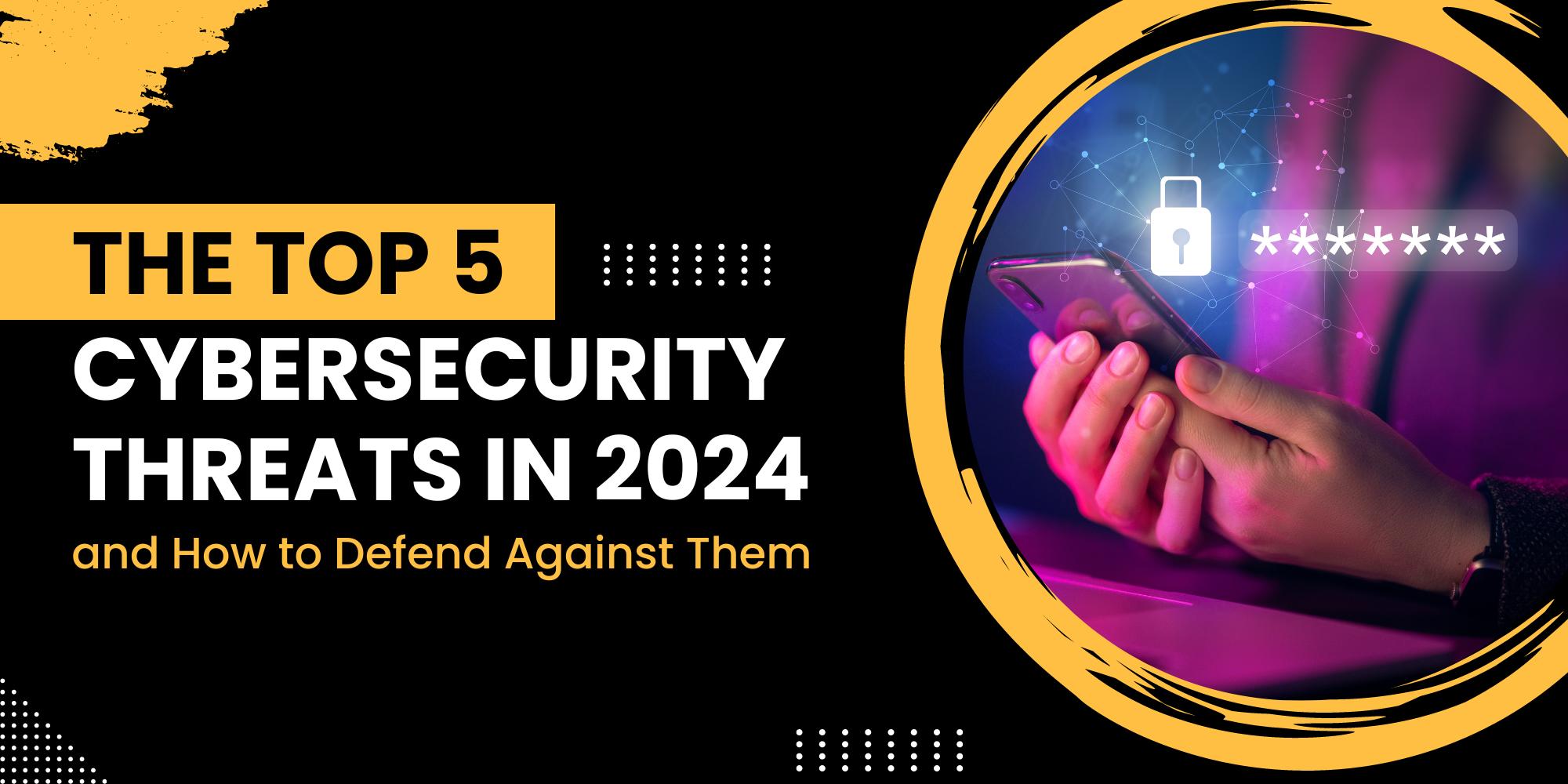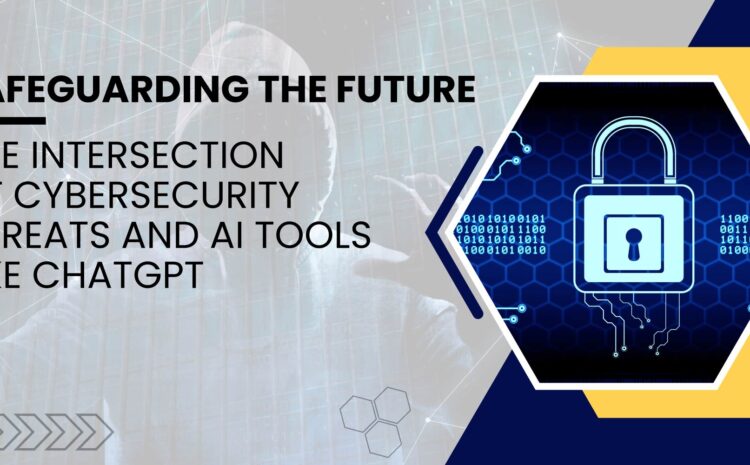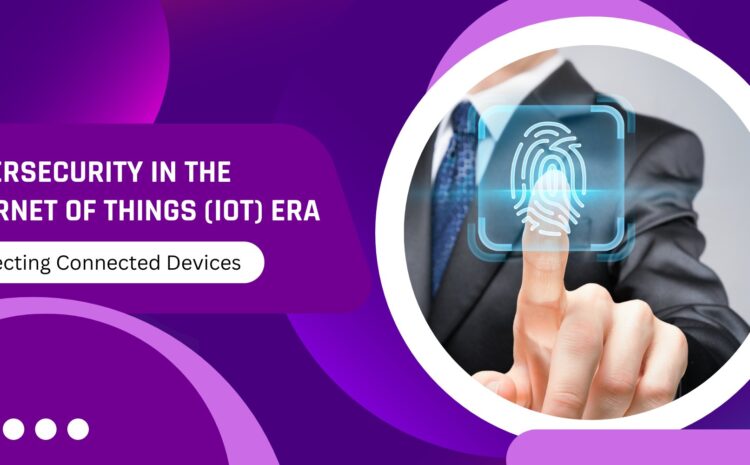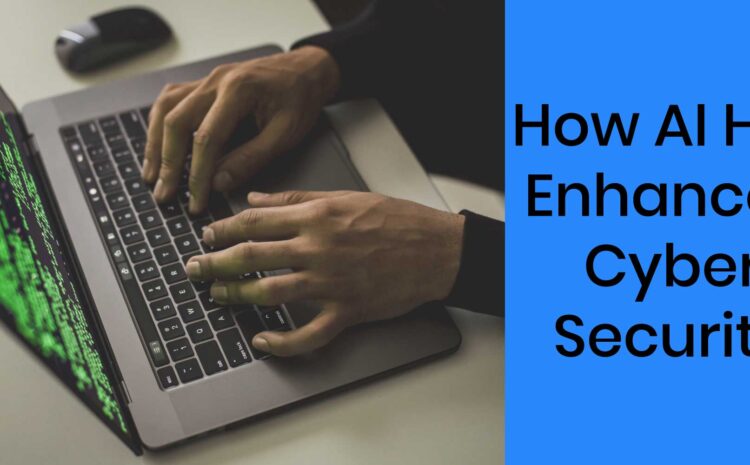In 2024, top cybersecurity threats include social engineering, third-party exposure, cloud vulnerabilities, ransomware, and IoT risks. Mitigation involves robust security practices, employee training, and continuous monitoring.
Hi everyone! Grab a cup of coffee, settle in, and let’s dive into the top cybersecurity threats of 2024 and how you can defend against them. We’ll cover everything from ransomware to IoT risks. Short on time? No worries—scroll down for a quick summary!
As we advance deeper into the digital age, our dependence on technology is more profound than ever before. With this reliance comes a broader attack surface in cyberspace, making organizations increasingly vulnerable to a variety of cyberthreats. Cybercriminals are growing more sophisticated, utilizing complex methods to compromise sensitive data, disrupt operations, and exploit weaknesses in organizational security. In 2024, the cybersecurity landscape is fraught with evolving dangers that demand heightened vigilance and proactive measures. This blog delves into the top five cybersecurity threats facing organizations today and provides actionable strategies to defend against them.
1. Social Engineering: The Human Element of Cyber Attacks
What is it?
Social engineering is a psychological manipulation tactic used by cybercriminals to trick individuals into divulging confidential information or performing actions that compromise security. Unlike traditional hacking methods, social engineering targets the human element, exploiting trust, curiosity, or fear to achieve its goals. Whether through phishing emails, phone scams, or malicious websites, social engineering remains a formidable threat.
Mitigation:
To counteract social engineering, organizations must fortify their human firewall—employees. Here are some key strategies:
– Implement Multifactor Authentication (MFA): MFA adds an extra layer of security, making it difficult for attackers to access systems even if they obtain a user’s credentials.
– Use Endpoint Protection and Intrusion Detection/Prevention Systems (IDPS): These tools monitor network traffic for suspicious activities and can prevent potential breaches.
– Educate Employees: Regular training sessions should be conducted to help employees recognize phishing attempts, suspicious emails, and unsolicited calls.
– Establish Robust Policies: Clearly defined policies for access control, data handling, and incident response can minimize the risk of social engineering attacks.
2. Third-Party Exposure: The Risks of External Partners
What is it?
In today’s interconnected business environment, organizations often rely on third-party vendors for various services. However, these external partners can inadvertently introduce vulnerabilities into your network, creating an entry point for cyberattacks.
Mitigation:
Securing your organization against third-party risks requires a vigilant approach:
– Regularly Assess Third-Party Risks: Conduct thorough assessments of vendors’ security practices and ensure they comply with industry standards.
– Mandate Security Standards: Require vendors to adhere to strict security protocols as part of your contractual agreements.
– Continuous Monitoring: Keep an eye on your vendors’ security practices over time to ensure ongoing compliance and address any emerging risks.
3. Cloud Vulnerabilities: Securing Your Data in the Cloud
What is it?
The adoption of cloud services has surged due to their convenience and scalability. However, if not properly secured, cloud environments can expose sensitive data to cyberthreats, such as unauthorized access and data breaches.
Mitigation:
To secure your cloud infrastructure, consider these measures:
– Encrypt Data in Transit and at Rest: Ensure that all data is encrypted both while being transmitted and when stored in the cloud.
– Regularly Audit Cloud Configurations: Periodic audits of your cloud configurations can help identify and rectify vulnerabilities before they are exploited.
– Train Staff: Employees should be trained on best practices for using cloud services securely, including recognizing potential risks and avoiding common pitfalls.
4. Ransomware: A Growing and Costly Threat
What is it?
Ransomware is a type of malicious software that encrypts an organization’s data, rendering it inaccessible until a ransom is paid. This threat has become increasingly prevalent and can cause significant financial and operational damage.
Mitigation:
To defend against ransomware, organizations should take a multifaceted approach:
– Regularly Back Up Critical Data: Ensure that data backups are conducted frequently and stored securely, allowing you to restore systems without paying the ransom.
– Segment Networks: Isolating different segments of your network can limit the spread of ransomware, containing the damage to a smaller portion of your infrastructure.
– User Education: Training employees to avoid clicking on suspicious links or downloading unknown files can prevent ransomware from gaining a foothold in your network.
5. Internet of Things (IoT) Risks: The Challenge of Securing Connected Devices
What is it?
The proliferation of IoT devices—ranging from smart thermostats to industrial sensors—has introduced new vulnerabilities. Many IoT devices lack robust security features, making them easy targets for cybercriminals.
Mitigation:
To protect against IoT-related risks, organizations should adopt the following practices:
– Change Default Passwords: Default passwords on IoT devices are often easily guessed or widely known, so changing them is essential.
– Isolate IoT Networks: Keeping IoT devices on a separate network from critical systems can prevent an IoT breach from compromising your entire organization.
– Regularly Update Firmware: Keeping IoT firmware up to date can address known vulnerabilities and enhance security.
The cybersecurity threats of 2024 are diverse and complex, but they are not insurmountable. A well-informed and security-conscious workforce, combined with robust technological defenses and sound policies, can significantly reduce the risk of falling victim to these threats. By staying proactive and vigilant, organizations can navigate the evolving cybersecurity landscape and safeguard their digital assets against the ever-present dangers in cyberspace.
Hope you enjoyed this post! While you’re here, and in a reading mood, why not check out a few of our other pieces? We have several blog posts on Salesforce CRM, AI, Salesforce CPQ, Zoho, Bitcoin, Cybersecurity and many other topics that we just know you’ll love. Browse the topics here.




